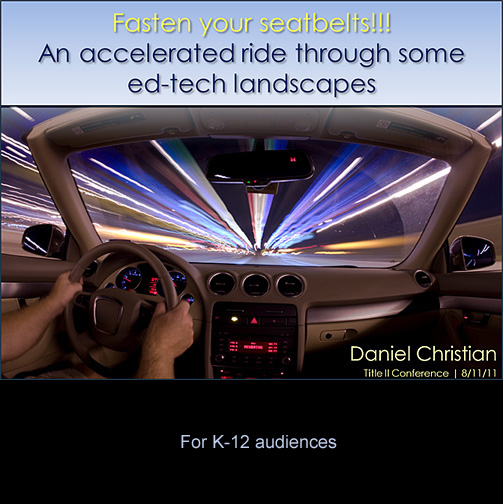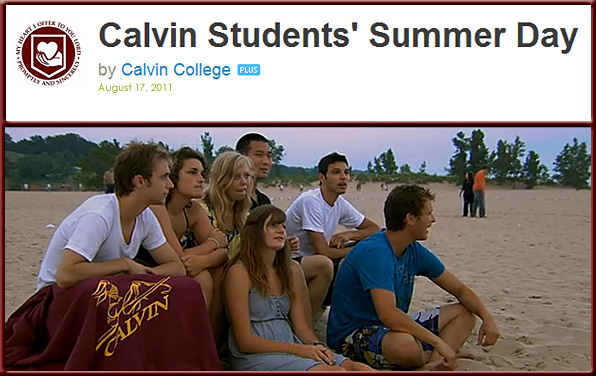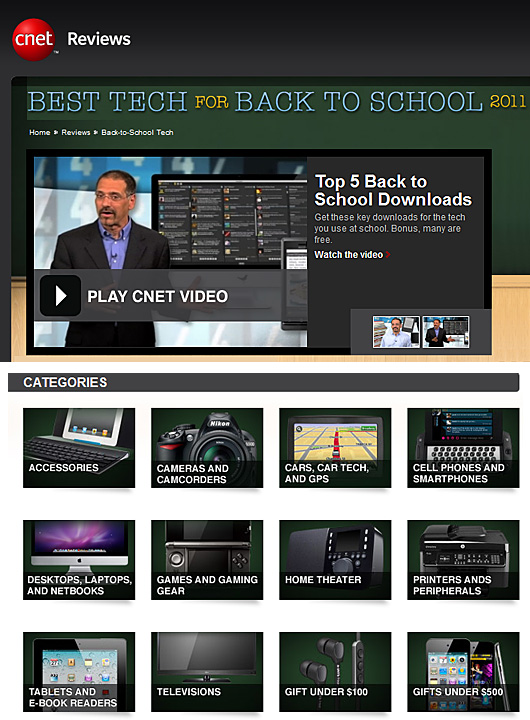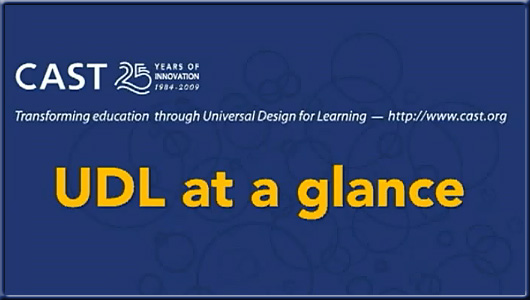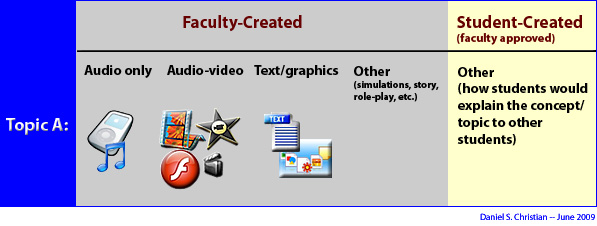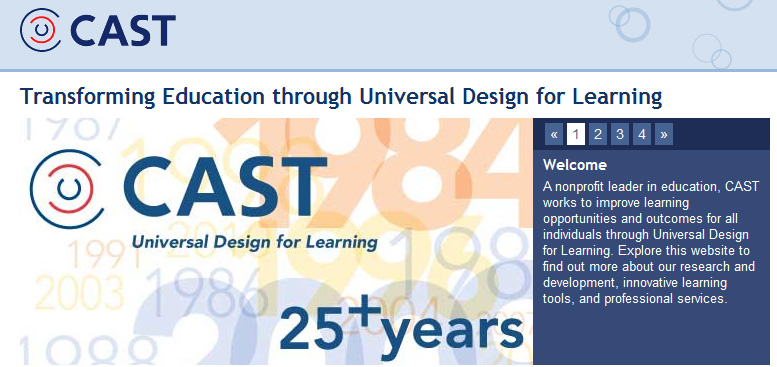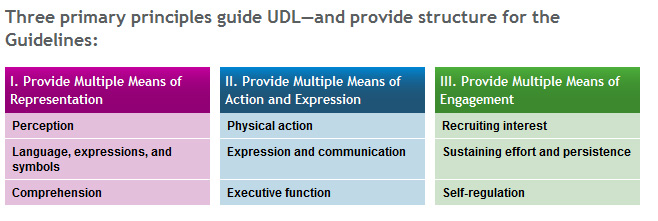Online expectations — from EdTechMag.com by Wylie Wong; with a special thanks going out to Mr. Michael Haan, Calvin College, for this resource
Colleges bolster network bandwidth, invest in video conferencing equipment and increase their online course offerings to meet the growing demand for distance learning.
Excerpt:
“Students today are fully wired,” says Tim Conroy, the college’s dean of information technology. “They can get anything they want online, and they expect to have the option to either come to class or get their education online.”
Distance learning has seen huge growth over the past decade as broadband adoption has increased and technology has improved. Distance learning courses are offered through the Internet, television, video conferencing and even CD-ROMs and DVDs. But online is the most popular avenue for distance learning.









